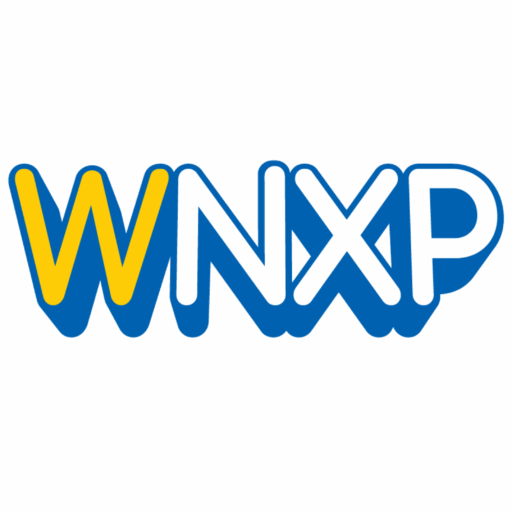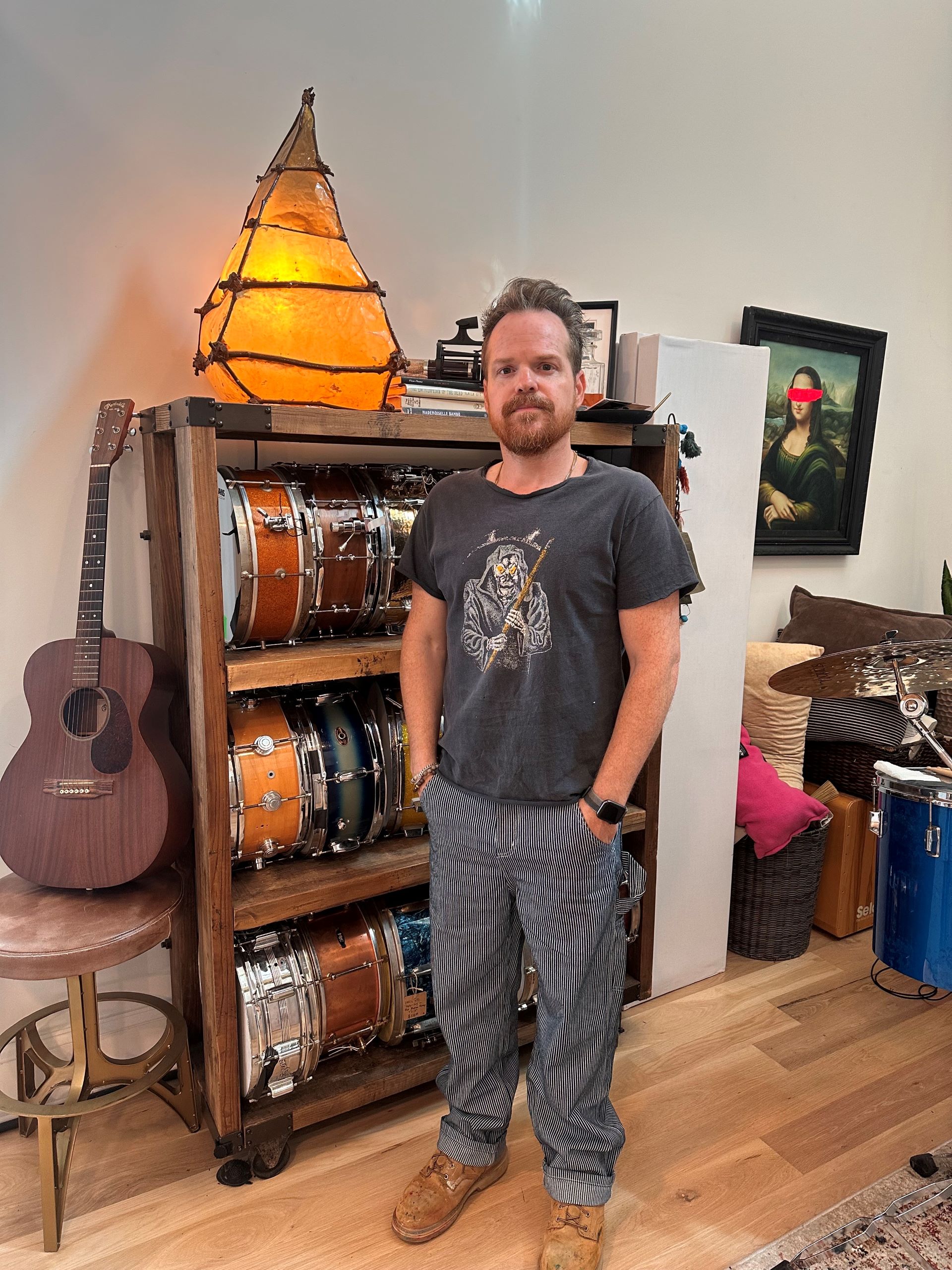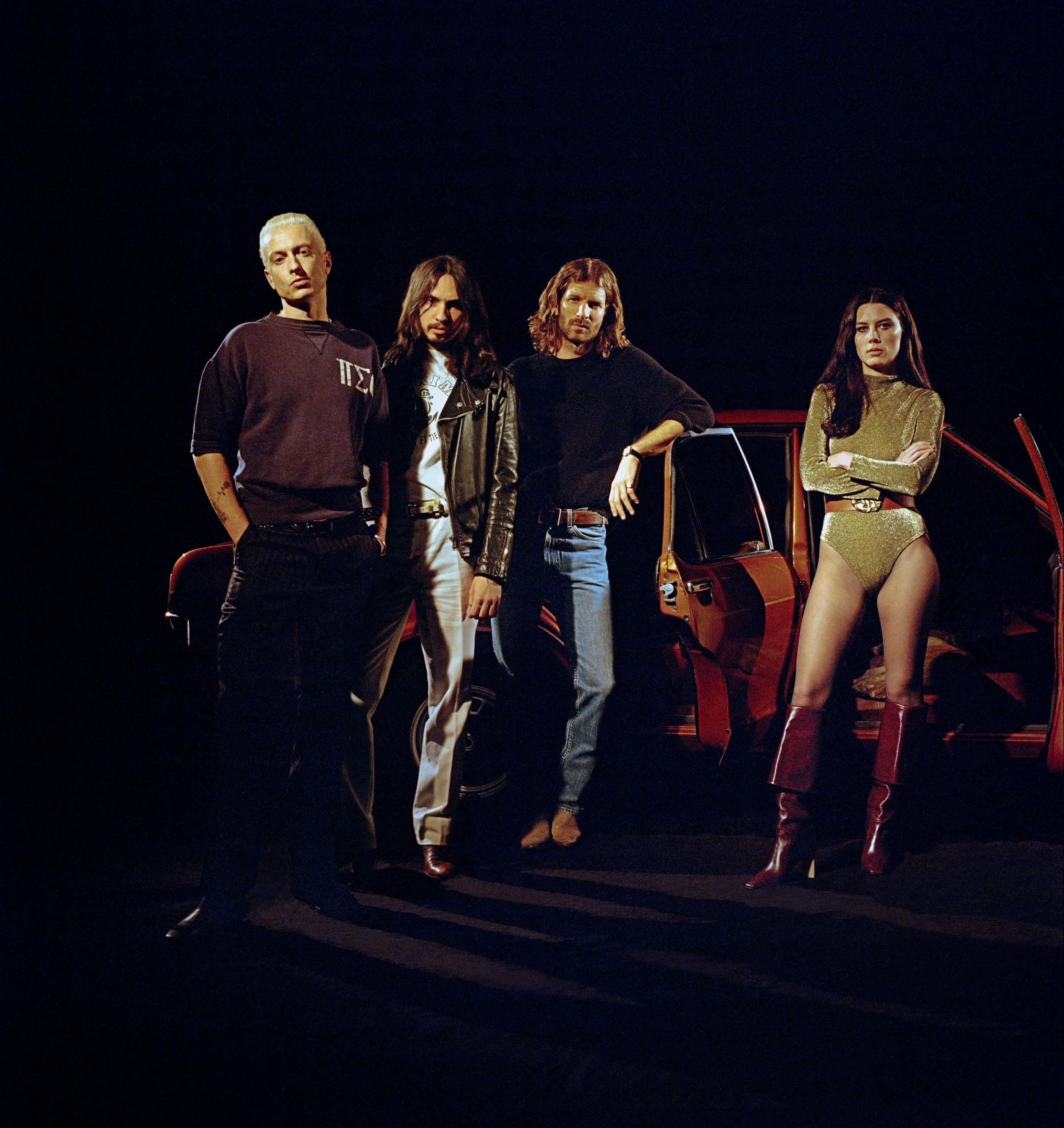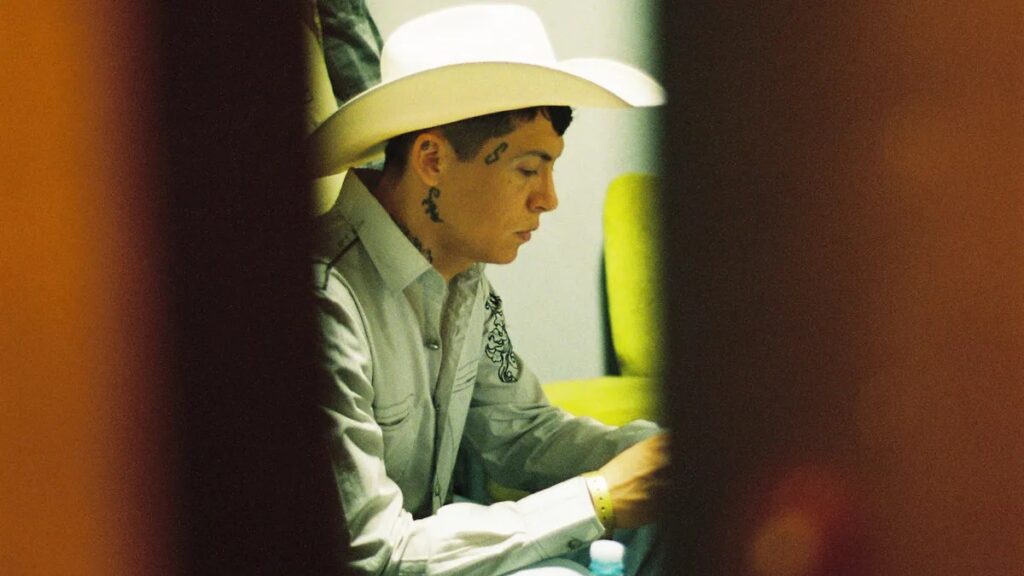“Nashville cats play clean as country water,” went the droll, downhome 1966 pop hit by the Lovin’ Spoonful. “Nashville cats play wild as mountain dew / Nashville cats been playin’ since they’s babies / Nashville cats get work before they’re 2.”
So indelible was the lore around the players known for nailing Nashville sessions with casual ease that it far transcended that shaggy ode, inspiring a Country Music Hall of Fame and Museum exhibit and panel series, the name of the city’s arena football team and plenty else over the decades. Even now, when people picture how music’s recorded in Nashville, they frequently imagine first-rate musicians gathering in a studio to listen to a song and lay down parts that suit it on the spot, like in the ‘60s.
“There’s an old-school method that absolutely still exists,” affirms session drummer Aaron Sterling.
But that’s not how he contributed the propulsive backbeat for Keith Urban’s country-pop single “Straight Line,” or how he played on plenty of other recordings in recent years.
Going remote
Country music has always had a complex, even conflicted, relationship with technology. Valuing and carrying on the old ways is a favorite songwriting theme, but the genre’s resistance to change is hardly absolute; useful new tools slip right past the skepticism and get absorbed into Nashville music-making processes, especially in an era when geographical and genre borders are disintegrating.
These days, producers typically send Sterling tracks and he applies his percussive touch in the studio behind his Franklin home. That wasn’t an approach that producers regularly used in the past — at least not until pro-grade home studios began to proliferate and the pandemic shutdown forced remote workarounds. But it’s become Sterling’s go-to 90% of the time, four songs a day, five days a week. And he insists that it isn’t the isolating process it may seem.
“Everything is scheduled with people,” he says, drinking coffee on his studio couch. “I am playing on a song, I’m sending it to them and I’m saying, ‘What do you think?'”
He’ll receive almost instantaneous feedback. Say, that a chorus needs bigger energy.
“And I go, ‘Okay, cool, cool, cool.’ And 20 minutes later, I send them another mix. We’re talking. We’re engaged in the song, which is the most important thing.”
He reckons that most Nashville musicians still do at least some in-person sessions, and those who work the most combine that with the virtual approach. “The generation [of producers] who came up in the ‘70s and ‘80s,” Sterling goes on, “a lot of them were a little bit hesitant. This was very weird for them. I would say at this point, I don’t even think it matters. This generation most people can get behind this concept.”
Sampling the possibilities
As a teenager, Sterling watched his dad produce Nashville sessions for contemporary Christian projects in the conventional way. And he started his own recording career in that environment in the late ‘90s and early 2000s, before moving out to L.A. to expand into more jazz and Latin playing. He established himself as a sharp, in-demand drummer — one that John Mayer recruited for his highly skilled, pop-rock combos.
By the time Sterling started traveling to Nashville to record a decade or so ago — a decision that would lay groundwork for him to ultimately return to Tennessee — he’d cultivated a flexible perspective on music-making and was ready to capitalize on his knowledge in other ways. He started noticing a subtle trend of producers asking the drummers they hired for a little something extra in the studio.
“Let’s say we’re tracking the song,” he says, setting the scene. “Everybody’s happy. ‘Let’s get to the next song.’” Then the producer would interrupt: “‘Hey, hold on drummer, can you sit down and give me samples?’ And the drummer says, ‘Wait, what?’”
Capturing the sounds of the drum kit used on the track — precisely as they’re tuned and mic-ed for the session — was meant to enable producers to make tiny fixes to tracks after the musicians went home. But Sterling understood why some of his peers might be reluctant to supply the sounds of their gear to be used in their absence. What if it made their roles obsolete?
He, on the other hand, was among those who saw possibility. Soon he ventured into making his own sample packs for sale. For a flat rate, people could license royalty-free collections of looped grooves and drum and cymbal textures (called “one shots”) that he’d assembled with care. He was wading into a tradition of looping and sampling that had been around as long as hip-hop, but was still not a widely accepted practice in country. (Though programming and drum machines have been used in contemporary country for decades, they’ve taken a backseat to hand-played instruments.)
Sterling pulls a bronze snare drum from the shelf that he’s nicknamed “Lebron’s James.” It’s a model associated with jazz great Bill Stewart, he notes, but he tunes his own considerably lower. To demonstrate its combination of bright, metallic attack and booming undertones, Sterling strikes the drum head with his finger.
“It just seems to work well,” he says, “because in modern pop and country, there’s so much high end in the vocals, in the guitars. You have to compete sonically for your room in the track.”
He hears his sample of the snare used in country tracks all the time. “And I’m happy I do,” he emphasizes.
He gets a kick out of walking into, say, the Cheesecake Factory, and hearing music over the PA that bears both his direct contributions as a player and his indirect contributions as the designer of various specialized sample libraries.
He usually has a specific aesthetic in mind, whether he’s simply experimenting or trying to fill a hole he’s identified in the commercial landscape. For one pack, he ran his drums through guitar pedalboards to give them a spacey, electronic effect. For another that he dubbed “Denim and Dust,” he used vintage, 1920s drums to get loose, rustling textures.
“A few years ago,” he explains, “I was noticing a trend of people wanting more of an organic sound, human beings just sitting in a room, whatever that sound is, whatever that elicits when you think of that, as opposed to the sound of technology, the sound of a computer. And so that was probably why I came up with that pack. And I think a lot of people liked it for that reason.”
But what anyone does with those offerings is completely out of his hands.
“I don’t think that’s the thing anymore”
“Maybe they never use this in the actual finished product,” he says. “It’s just a songwriting tool. Maybe it’s for a guitar player to sit down to and just practice along with the drummer. Or maybe it’s for somebody to use 100% in the finished product of a song, and it goes on to the world and gets heard by everybody.”
Once someone’s paid for a pack on Sterling’s site or some other platform like Splice — the source of loops for Sabrina Carpenter’s recent summer smash “Espresso”— they’re not required to compensate or credit him for creating a hit with it. Still, he gets DMs all the time from people who are unsure of how the arrangement works, and he sets them straight: “‘You’re the one who did it. I provided a sample, but you’re the one who chose how to construct it and put it in the song.’”
“So if anything,” he goes on, “I feel like they should say ‘drums by Aaron Sterling and me, whoever they are.’”
It’s not at all the case that every song on country radio is now built around a licensed loop. But the fact that any are, says Sterling, indicates that mentalities are changing in Nashville.
“It used to be that maybe L.A. was kind of on the cutting edge, and then Nashville was a little bit behind,” he reflects. “I think anybody who knows this business would admit that was the case for a while. I don’t think that’s the thing anymore.”
Author’s note: This is part of an ongoing series making sense of the evolving relationship between music and technology, including what’s happening with AI tools. If you’ve got a lead, drop me an email.




